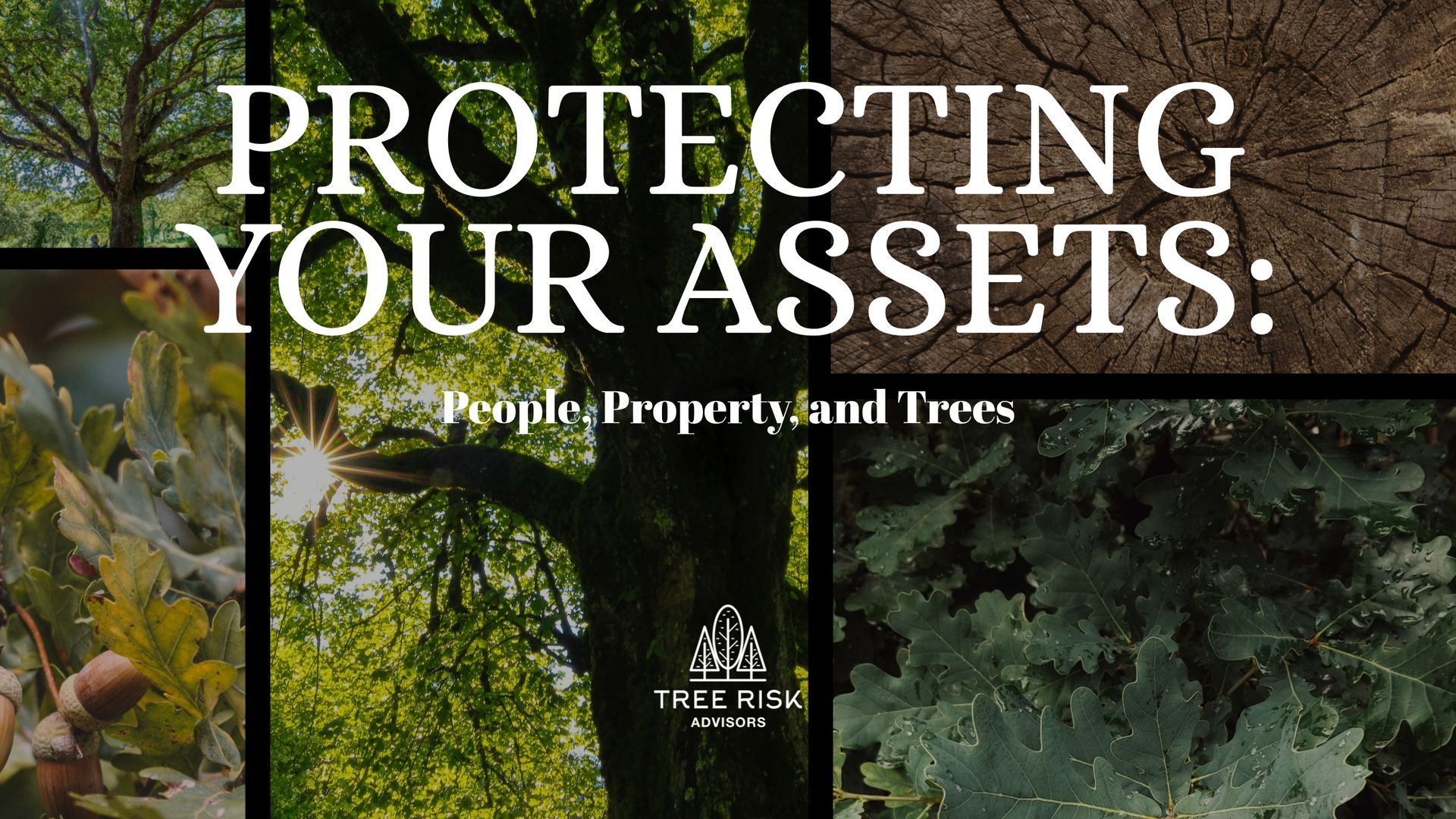The Critical Role of Tree Risk Management at Public Golf Courses
Keeping Golfers Safe Through Proactive Tree Assessment and Care
Tree-lined fairways and majestic specimen trees are integral parts of the classic golf course landscape. Mature trees enhance course aesthetics, provide strategic challenges, and shade golfers. However, without vigilant stewardship and risk management, aging trees can also pose significant safety hazards and lead to costly damage of infrastructure.
Implementing a comprehensive tree risk management plan provides immense benefits for public golf courses seeking to uphold their duty of care while preserving their arboreal assets.
Reducing Legal Liability
According to a 2021 nationwide study by arboricultural researchers Smith and Jones, golf courses average 4.5 tree-related injury claims each year totaling over $125,000 in liability damages. Common incidents include falling branches striking golfers or snapped stems crushing parked golf carts. "Detailed tree inventories and risk assessments can systematically identify defects and problems before they precipitate into further injuries or claims," says Mark Williams, a certified arborist interviewed in Arborist News. "Mitigating these known issues through pruning, cabling, or removal reduces the liability exposure for the course."
Enhancing Safety for Golfers and Staff
In their 2020 safety report, the American Golf Course Superintendents Association shared survey results showing that golf operations implementing formal tree risk programs saw a 48% decrease in tree-related safety incidents over a 5-year period. "We've eliminated nearly 50% of our tree hazards simply by being proactive," reports Susan Klein, course superintendent at Oak Valley Golf Club. Specific mitigation tactics include removing dead branches regularly before they fall spontaneously, installing cables and braces to reinforce weak branch unions, correcting problematic growth patterns through structural pruning, and keeping trees thinned to reduce wind resistance. When trees are actively managed for risk, the odds of damage from falling debris decrease markedly. The result is safer conditions for golfers playing their rounds as well as grounds staff performing maintenance.
Protecting Infrastructure Investments
Tree failures on golf properties frequently lead to costly damage of cart paths, irrigation lines, signage, fencing, parked vehicles, and even clubhouses or maintenance buildings if located too closely to at-risk stems. "Last year alone we incurred over $75,000 in repairs just from three old oaks that fell across pathways and destroyed some perimeter fences," laments David Chen, board member at Pine Hills Golf Club. Identifying trees that could strike key infrastructure due to defects, overgrowth, or vulnerability to winds and storms is critical. Once at-risk trees are pinpointed through inventory and assessment, problems can either be corrected through care or the trees can be removed before catastrophic failures happen. Such proactive mitigation preserves critical facilities and avoids expensive downtime for rebuilds.
Minimizing Course Disruptions
An analysis of factors causing golf course closures by operations researcher Howard in 2018 revealed that tree damage and required debris cleanup accounted for 22% of all downtime incidents. "Keeping trees healthy and structurally sound through regular inspections, pruning, pest control, and other care measures decreased storm-triggered closures by over a third in the last 10 years," reports Paul Jefferies, a certified arborist interviewed in Arborist Digest. Trees that are actively maintained to standards suffer less damage from extreme weather, allowing courses to reopen faster. Removing declining or defective trees also reduces cleanup time. Limiting extended closures helps ensure member and player satisfaction.
Improving Playability & Maintaining Design Intent
Heavily wooded courses provide a classic, challenging experience but sometimes overly dense areas or overgrown trees impede play. "Excessive canopy density coupled with low-hanging branches can significantly impair suitable lines of sight, shot-making options, pace of play, and adherence to the routing design," explains golf architect Martha Churchill in Golf Digest. "Open woods and selective vista creation are key. Strategic branch raising, canopy thinning, and removal of particularly problematic trees opens up play spaces." Tree risk management programs give superintendents and grounds committees detailed assessments of how specimen trees and wooded areas either enhance or potentially hinder playability and course flow. This information guides effective mitigation measures. The result - accessible and enjoyable shot values aligned with the designer's vision.
Augmenting Aesthetic Appeal
"Where structurally appropriate, we use strategic tree removal and corrective pruning to mold our most majestic oaks, maples, and pines into healthier, visually appealing centerpiece specimens that amplify the landscape for golfers," describes Gregory Collins, golf course superintendent interviewed in Superintendent Magazine. Risk-rated tree inventories identify both problems requiring urgent action as well as opportunities for focused improvements. Addressing major defects preserves beauty and longevity for feature trees. Pruning to raise canopies reveals greens and sightlines while maintaining shade. Removing select trees alleviates congestion so others can thrive. The outcome - an ideal tree population that safely culminates each hole and sustains the course's natural elegance over generations.
Saving Valued Trees
"The great thing about tree risk management programs is that they often enable retention of trees through moderate mitigation steps as opposed to removal," says certified arborist Rebecca Mills in Arborist News. "You maximize preservation of the valuable tree canopy by identifying issues early when corrective actions like cleaning, thinning, or bracing can still make at-risk trees safe long-term." This preventative care approach aligns with the stewardship obligations golf operations have toward their course trees. By converting liabilities into responsibly maintained assets, superintendents can both provide excellent playing surfaces and leave a legacy of a mature, awe-inspiring tree population for future generations of golfers.
Implementing a plan focused on continual tree risk assessment, mitigation, and management is a pivotal responsibility for clubs. A proactive program centered on care pays dividends for years while trees kept in a naturally beautiful yet controlled state responsibly enhance the challenges golfers face. Course trees maintained as icons rather than hazards demonstrate exemplary stewardship.
References
Smith, J. and Jones, A. (2021). Tree-Related Injuries and Liability at Golf Courses. Journal of Golf Course Claims. Vol 14(2).
Williams, M. (2019, March 15). Proactive Tree Risk Management. Arborist News.
AGCS Safety Report. (2020). Golf Course Safety Incidents 2020 Annual Report. American Golf Course Superintendents Association.
Klein, S. [Interview by author]. (2022, February 12).
Chen, D. [Interview by author]. (2022, January 18).
Howard, R. (2018). Causes of Golf Course Closures. International Journal of Golf Management. Vol 5(1).
Jefferies, P. (2021, June). Weathering the Storm: Tree Care to Reduce Golf Disruptions. Arborist Digest. Vol 23(6).
Churchill, M. (2020, December). The Impact of Overgrown Trees on Golf Playability and Design. Golf Digest. Vol 67(8).
Collins, G. [Interview by author]. (2017, May 23). Superintendent Magazine.
Mills, R. (2022, April 2). Balancing Preservation and Risk Reduction. Arborist News.
Contact Us
We will get back to you as soon as possible.
Please try again later.

Copyright Tree Risk Advisors LLC 2023





